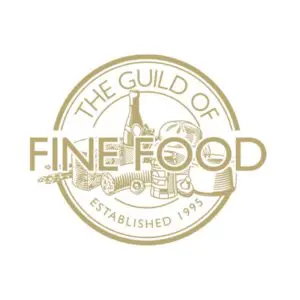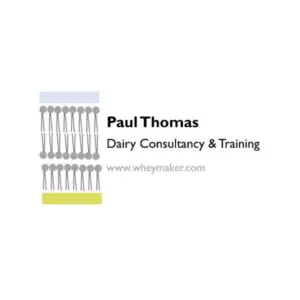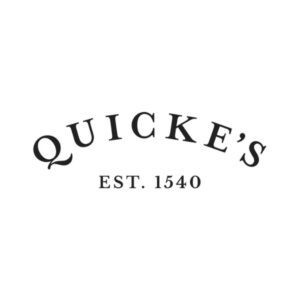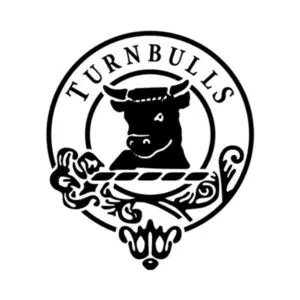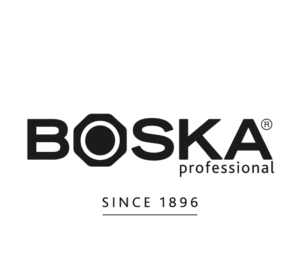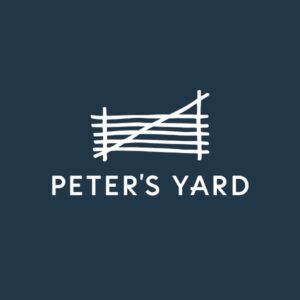Cloth-Bound Cheshire
The Basics
| Make | Crumbly |
| Sub Make | Curd from a single day |
| Post-Make | Wrapped, Rolled or Processed |
| Sub Post-Make | Natural (leaf wrapped, wood or cloth girdle) |
| Typical age profile | Four months |
| Approximate weight(s) | 8kg |
| Geographical origin | Cheshire Plain, UK |
| Protected status | N/A |
| Species of milking animal | Cow |
| Breed of cow | Breed not specified |
| Raw/pasteurised milk | Examples of both depending on cheesemaker |
| Vegetarian/animal rennet | Examples of both depending on cheesemaker |
| Commonly encountered variations | N/A |
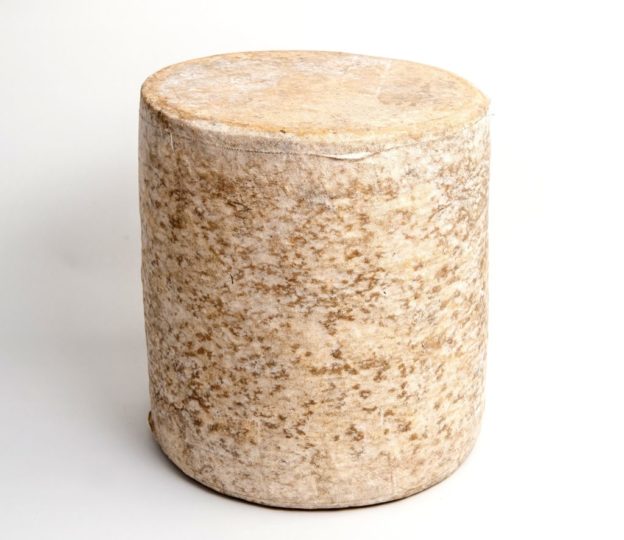
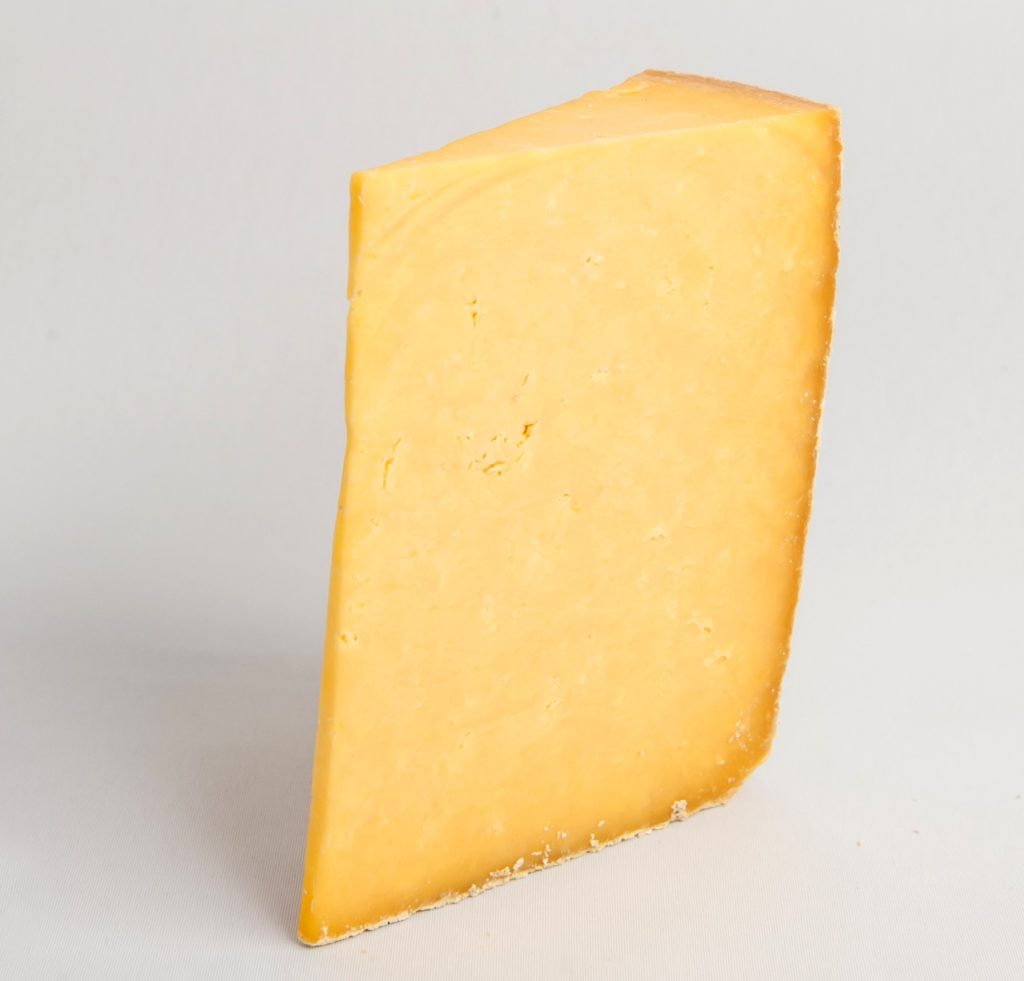
The Story
Cheshire cheese is made by big factories all over the UK and tastes very similar to other mass-produced sharp, crumbly ‘territorials’, such as Wensleydale and Lancashire. But the original farmhouse cheese has a venerable history stretching back to at least the 16th century and its own unique flavour, which is linked to the mineral rich soil of the Cheshire Plain, where it originates from. Cheshire was once the pre-eminent cheese of the UK, but its popularity declined massively and today there is only one farmhouse producer making a traditional cloth-bound cheese with unpasteurised milk.
The cheese is made by scalding the curds at temperatures lower than in cheddar making, which results in more moisture being retained . Once the curd has been cut, drained, milled and salted, it may be left overnight before pressing, which stops it from fusing together to the same extent as cheddar and helps create a flaky texture in the finished cheese. Muslin is applied to the surface of the cheese after pressing.
The Character
Moist and crumbly in texture, the cheese should have zesty and mineral notes, plus a long finish. The interior can be ivory white or coloured a light red with the addition annatto.
Perfect Partners
Medium-bodied reds, such as Cote du Rhone and Rioja work well, as do hoppy pale ales.


